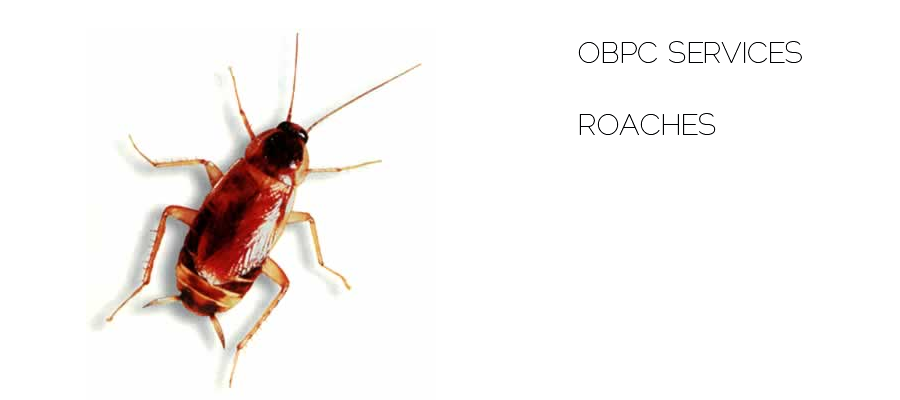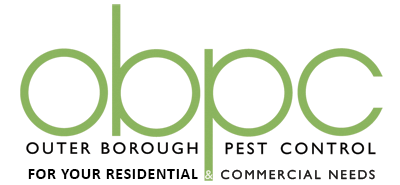

Roaches are very adaptable insects; they have been around long before the dinosaurs, surviving where other insects would be extinct. Because of their adaptable natures they are one of the more difficult pests to control, especially the German cockroach. Roaches are a health hazard, carrying bacteria on their bodies. The main diseases transmitted are food poisoning, dysentery, and diarrhea.
Cockroaches are scavengers which often live in cracks and crevices so small that people can easily overlook them. They congregate in undisturbed areas of high humidity, usually in kitchens and bathrooms. They spend the daylight hours in dark, secluded sites under refrigerators, stoves, false bottoms in kitchen cabinets, in the backs of cabinets and in crevices between baseboards and floors or cabinets and walls. They may also be found behind pictures or within electronic equipment. The insects leave these sites at night to forage for food and water. The presence of cockroaches during the day may indicate a large population.
There are many cockroach species; in NYC we currently have 3 species that are prevalent in and around structures.
German Cockroach: Blattella Germanica
The German cockroach is 12 to 17 mm (1/2 to 5/8 inch) long, tan to light brown, and has two dark brown stripes on the body region (pronotal shield) just behind the head. Females will produce four to eight egg capsules during their lifetime, with each capsule containing approximately 40 eggs. The egg capsule is retained by the female until the eggs are ready to hatch, usually in 28 to 30 days.
American Cockroach: Periplaneta Americana (Water Bug)
The American cockroach is one of the largest cockroaches in the Northeast. It is about 40 mm (1.5 inches) long with a reddish-brown body. The center portion of the pronotal shield is light brown, while the outer edges are yellow. Even though both sexes are winged, their flight is more of a gliding movement from point to point than active flight.
The female American cockroach will not retain the egg capsule for more than a day after its formation, instead dropping the capsule in some suitable site. Under some conditions it may be glued to a surface. The number of capsules produced by a female will range from 6 to 14, with each capsule containing 14 to 16 eggs. The eggs hatch in 50 to 55 days.
Oriental Cockroach: Blatta Orientalis Linnaeus (Water Bug)
The Oriental cockroach is one of the largest cockroaches in the Northeast. It is about 30 mm (1.25 inches) long with a dark brown or black body. The center portion of the pronotal shield is brown, while the outer edges are black. Even though both sexes are winged, they do not fly.
The female Oriental cockroach will retain the egg capsule from 12 hours to five days and then deposit it in a warm sheltered environment where food is readily available. The incubation period for the oriental cockroach is about 42 to 81 days. Females produce an average of eight capsules, each containing 16 eggs that hatch in about 60 days under room temperature conditions. Nymphs molt from seven to ten times; nymphal stages usually take 24 to 130 weeks to complete. The life span of an adult female is 5 to 26 weeks with approximately 200 offspring.
Inspections are done with flashlights looking for cockroaches (alive or dead), fecal particles smears as well as shed or cast off skins and empty egg cases. Traps are used to detect infestations and help estimate the size of the cockroach problem. Utilizing the most state of the art techniques OBPC will devise the best strategy to overcome your cockroach problem. There are many control measures including baits and insecticide, dusts, pesticides, traps, insect growth regulators, pheromone traps.
1. Inspection & Consulting
2. Exclusion
3. Sealing cracks and crevices
4. Trapping
5. High population cleanout
6. Baiting
7. Residual treatments
|
||||||||||||||||||||||||||||||||||||
